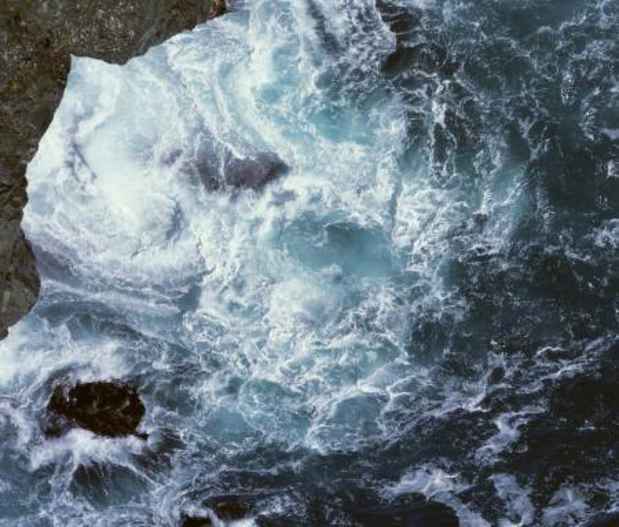Greg Wilken Exhibition
CUE Art Foundation

This event has ended.
I first came across "The Road of a Thousand Wonders" researching something else entirely. While looking through newspaper clippings in a local archive, a postcard fell out. The image was of a striking Neo-Baroque building with a tall central clock tower, pointed terracotta arches, abundant windows, and circular turrets. It seemed to call out to you from the 19th century. The dark rusticated blocks of red sandstone were imposing; it looked built to last. It didn't. The first large courthouse in Los Angeles, it was erected in 1888 and razed in 1936. The upper right hand corner of the image read "On the Road of a Thousand Wonders".
During the early 20th century, "The Road of a Thousand Wonders" was the promotional name given to the Southern Pacific railroad line running from Los Angeles, California to Portland, Oregon. This particular line, like many others still in use today, was surveyed and first laid out in the 19th century, before the advent of the automobile. These early surveyors relied heavily on old walking trails, following the traces of previous travelers. They found their way through the landscape by following a path of least resistance; drawing a line that utilized natural grades that were not too steep, curves mild enough for the trains of the time, and maximizing level ground. The routes of that time were laid upon, rather than through, the landscape.
Automobile roads would later follow the first rail lines. Over time, new roads realigned the old routes. The highways grew wider and straighter, bypassing small communities. We know the old roads today as "business loops" and "scenic byways". "The Road of a Thousand Wonders" follows roughly the original Camino Real upon which Spanish missionaries built a system of religious outposts up the Southern California coast. Portions of highway 101 would later be built to follow this course. Farther north, Interstate 5 pursues the old line. These roads are literal palimpsests, offering traces of man's movement through the land.
The history of these early railroad lines contributed to the public's perception of the West. Early 20th century boosterism enticed western migration, which increased railroad ticket sales. The Southern Pacific Railroad Company invested heavily in printing postcards that depicted views along their routes. "The Road of a Thousand Wonders" series is a visual record of a particular kind of looking at a particular time. The traditional landscapes and city views traffic in, while simultaneously helping to establish, the clichés of western imagery. What might traveling that road look like today? Where might it take us?
Media
Schedule
from January 26, 2012 to March 10, 2012
Opening Reception on 2012-01-26 from 18:00 to 20:00